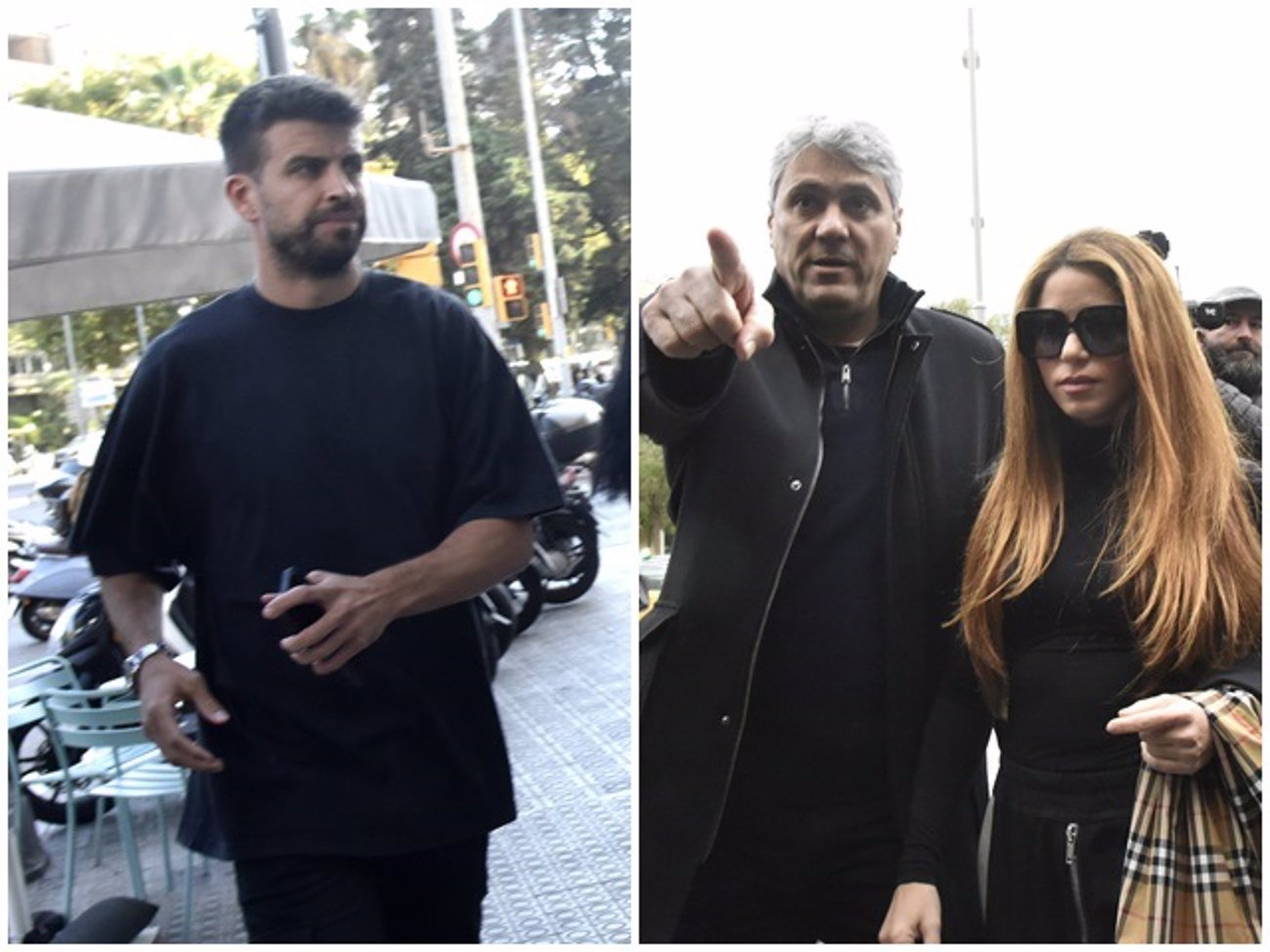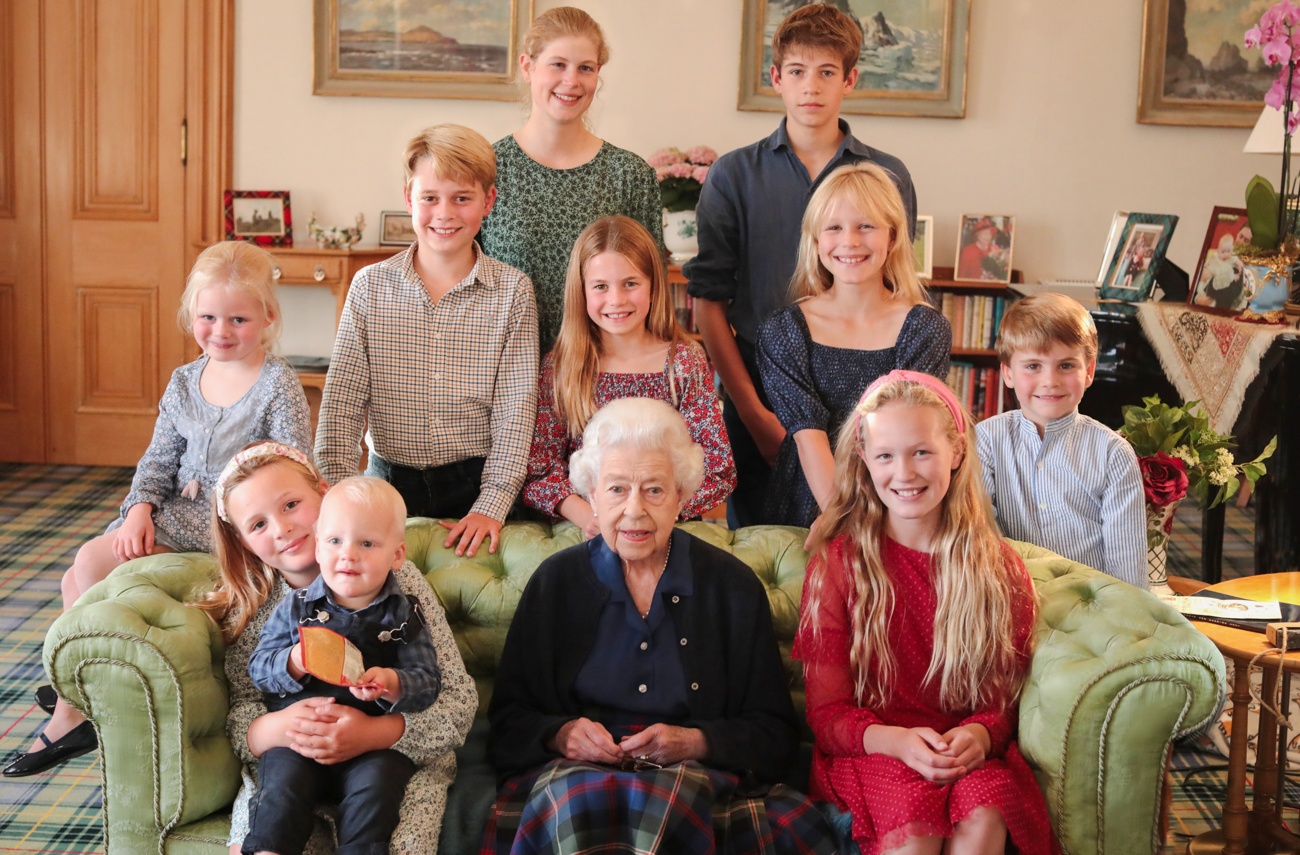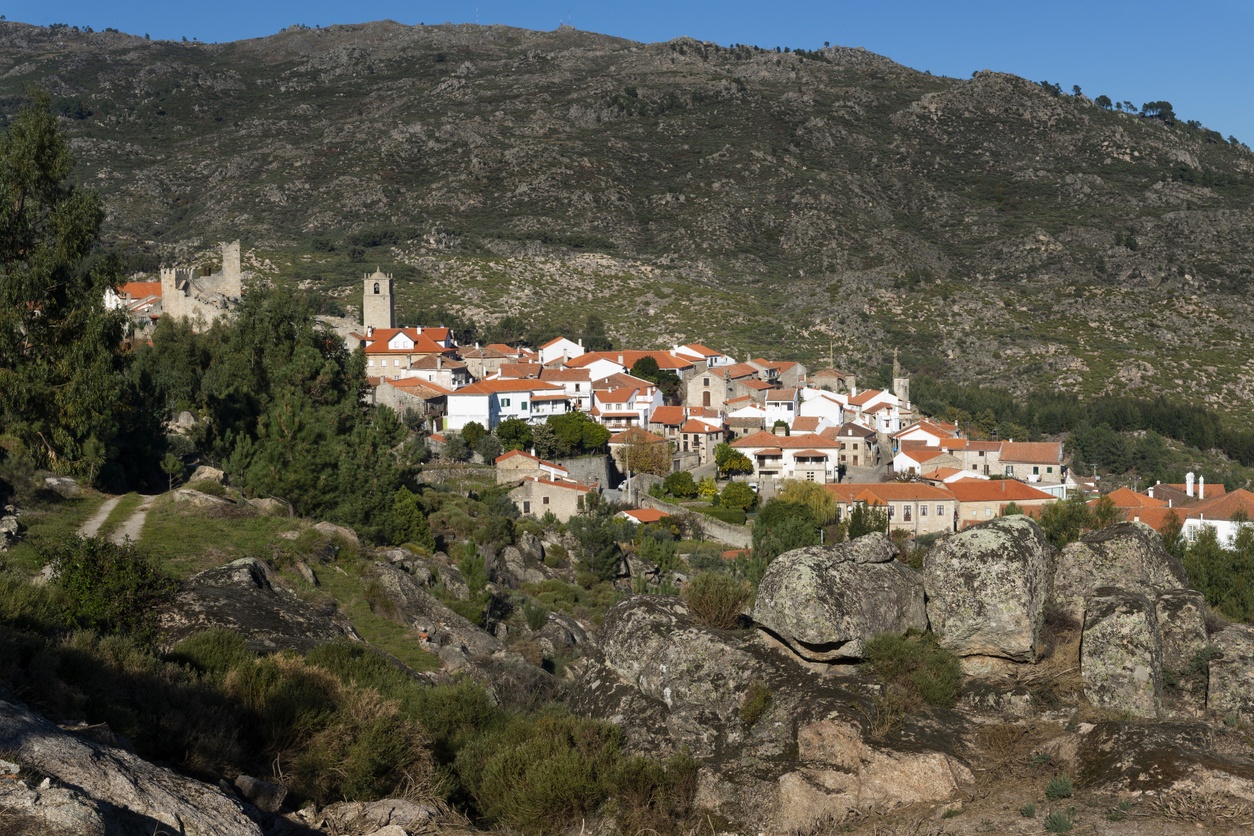
Castelo Novo (Portugal)
Castelo Novo is a town with a rich history. The oldest mention of this village, then called Alpreada, dates back to about 1202 AD. To protect his kingdom from possible threats, King Dinis rebuilt the castle of the village adopting typically Gothic features and commissioned several buildings in medieval style. Archaeologically, the village integrates one of the most important archaeological sites in the region, the Roman baths of Quinta do Ervedal, and a remarkable Bronze Age fortified settlement. The vital element of this built landscape is water, present as a source but also anthropized in fountains and cave circuits. In relation to its patrimonial, historical and archaeological value, the village has been part of the «Network of Historical Villages of Portugal» since its foundation.
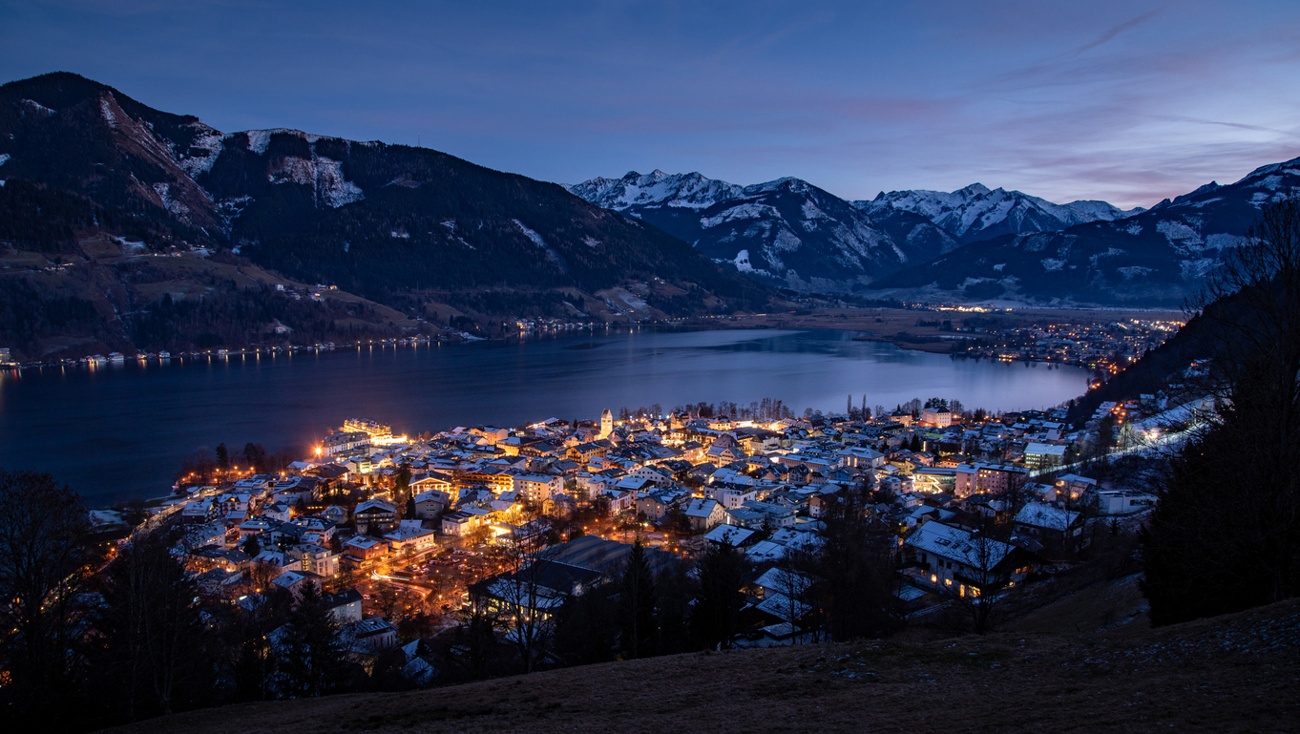
Zell am See (Austria)
Zell am See is an Austrian town located in the county of Salzburg and surrounded by beautiful mountains. With its lake, it offers a wide range of activities such as swimming, boating, fishing and more. In winter, it is a popular place for skiing, while in summer, visitors can go hiking and biking. Hohe Tauern National Park is one of the most impressive high-mountain landscapes in the world. Tourists can take a digital tour of the town of Zell am See and visit historical sites. In addition, the Schmittenhöhe mountain is popular for its ski slopes and summer tourist attractions. The village also holds various events and has inaugurated the Schmittenhöhe mountain art project.
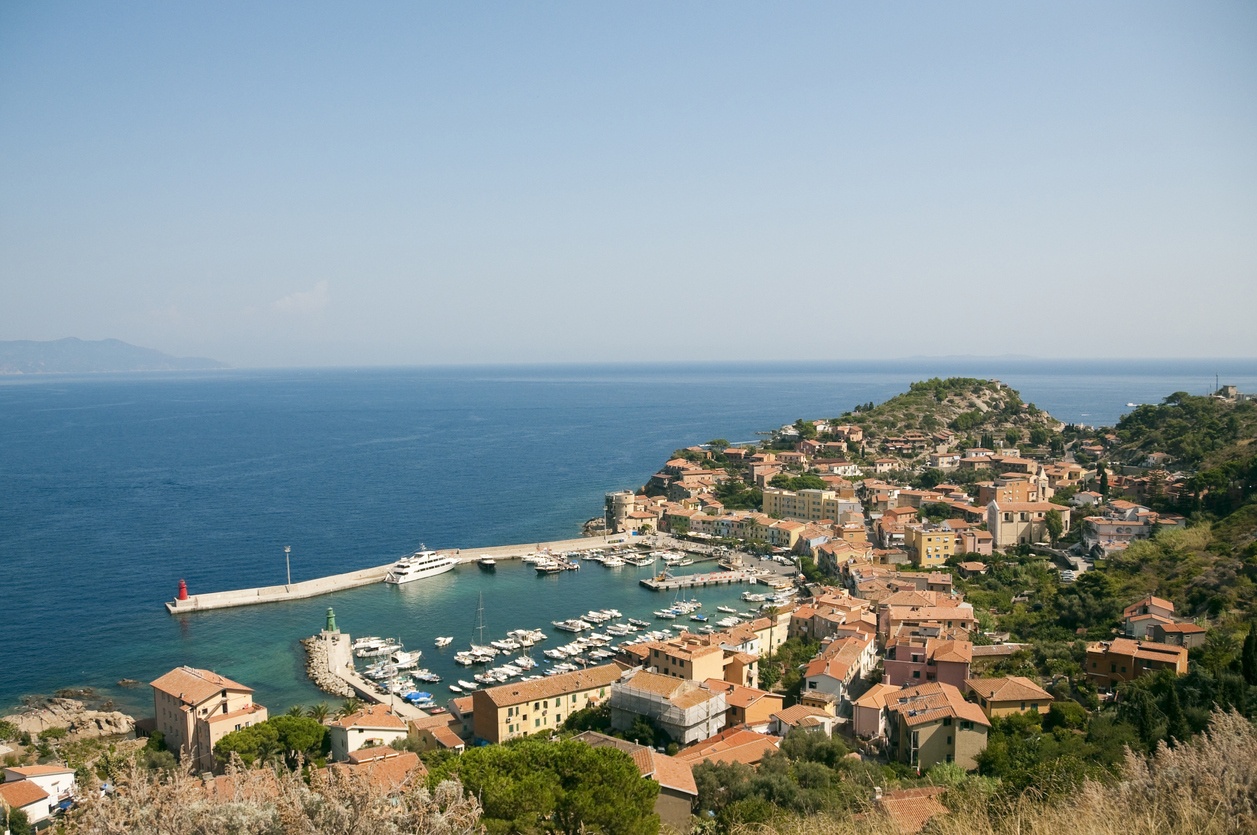
Giglio Island (Italy)
Isola del Giglio is a village that stands on two small islands, Giglio and Giannutri, in the Tyrrhenian Sea. Rich in history and in a unique natural environment, Isola del Giglio is committed to maintaining its identity and avoiding depopulation. To this end, it identifies policies capable of developing tourism as a driving factor of its economy. With an agricultural and maritime vocation, Isola del Giglio owes its best opportunities to tourism. It implements alternative forms of tourism and positions itself in the market by diversifying tourism products and identifying niche offers for each period of the year. In this way, it ensures that tourism is sustainable and does not damage the natural environment.
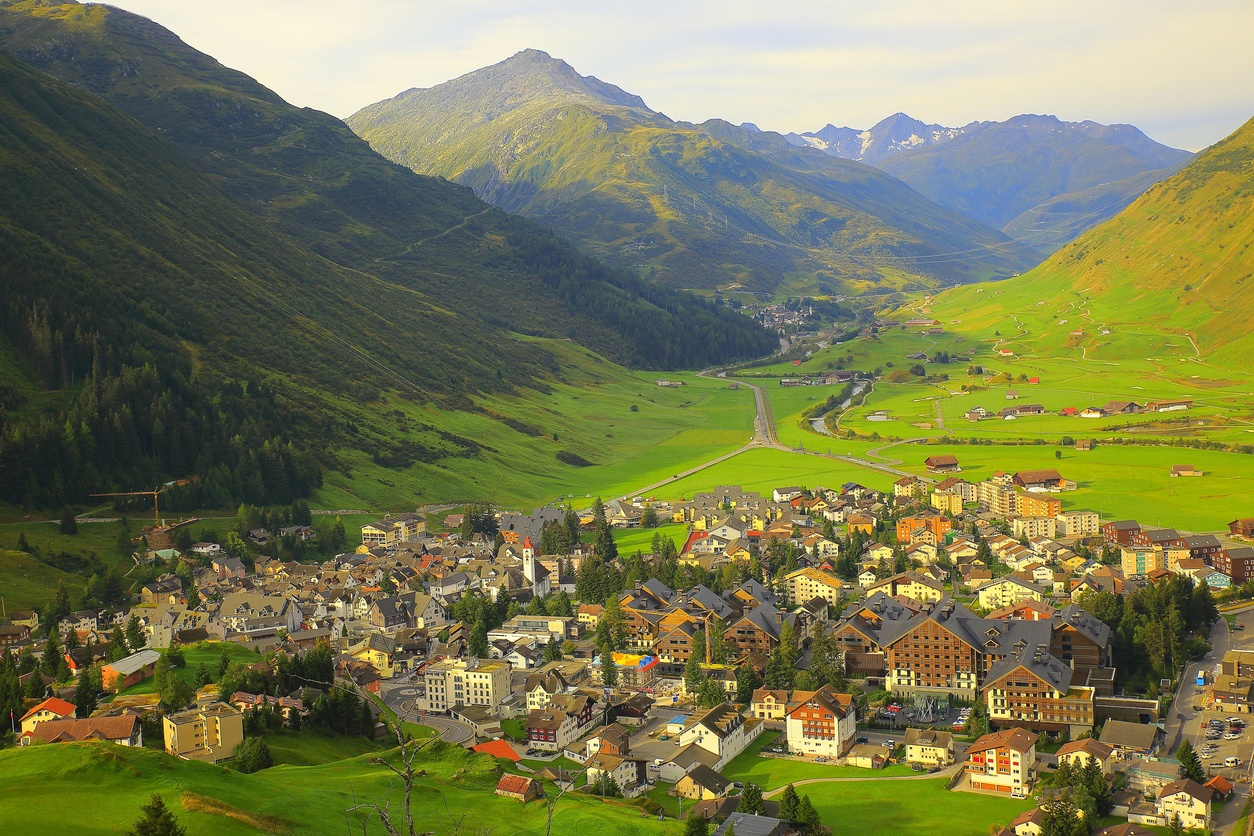
Andermatt (Suiza)
The Andermatt Holiday Region is located in the heart of the Swiss Alps and is surrounded by natural monuments. Its central location makes the journey to Andermatt from the north, south, east and west short and pleasant. Andermatt boasts a wide variety of alpine flora and fauna, mountain lakes, streams, springs and an unspoiled mountain area. The eight surrounding alpine passes offer countless sightseeing possibilities. This diverse region is the ideal place in winter and summer for nature, sport and culture lovers in search of unforgettable moments in a mountainous environment. The village has historical roots that are reflected in the local history museum and the historic center of the village. It also resonates with myths and legends such as the Gotthard myth and the legendary Schöllenen Gorge with the infamous Devil’s Bridge and Devil’s Stone.
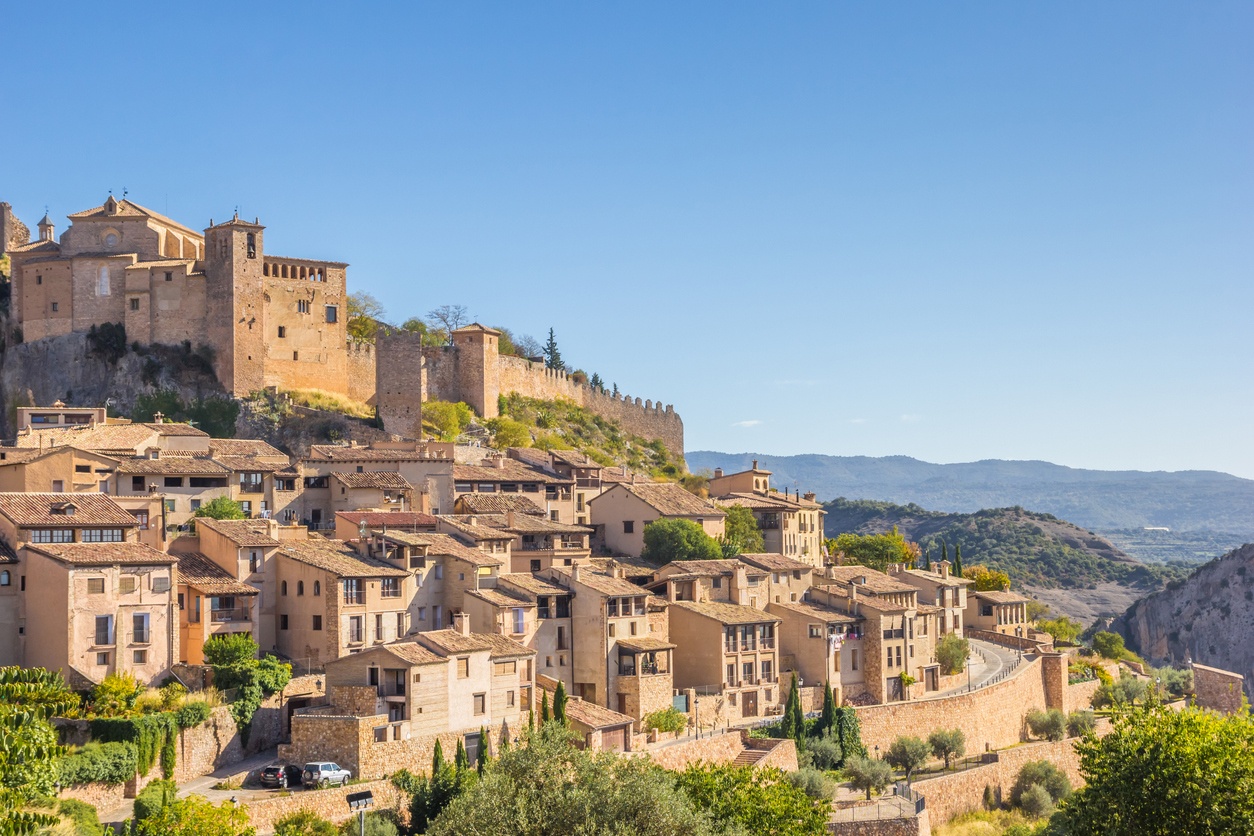
Alquézar (Spain)
Alquézar is a town with a rich history. The name of the village has its origin in the Arabic words al qaçr meaning «for strong». Known for its natural and patrimonial values, Alquézar is a historic-artistic site since 1980. In addition to possessing numerous assets of cultural interest, it stands out for being at the epicenter of the rock art shelters, which was declared a World Heritage Site by UNESCO. The town blends into the landscape, in the heart of the Natural Park of the Sierra and Canyons of Guara. The locals are known for their commitment to promoting a good quality of life in the region and facilitating access to housing for both villagers and seasonal workers. Valuing that the future of Alquézar depends on the conservation of its natural resources, the preservation of the traditional architecture of the region is supported by its people. Alquézar has a network of public transport and collective cabs. It has also regulated local traffic. Interestingly, in a bid for green living, the town has recently installed a charging station for electric vehicles.
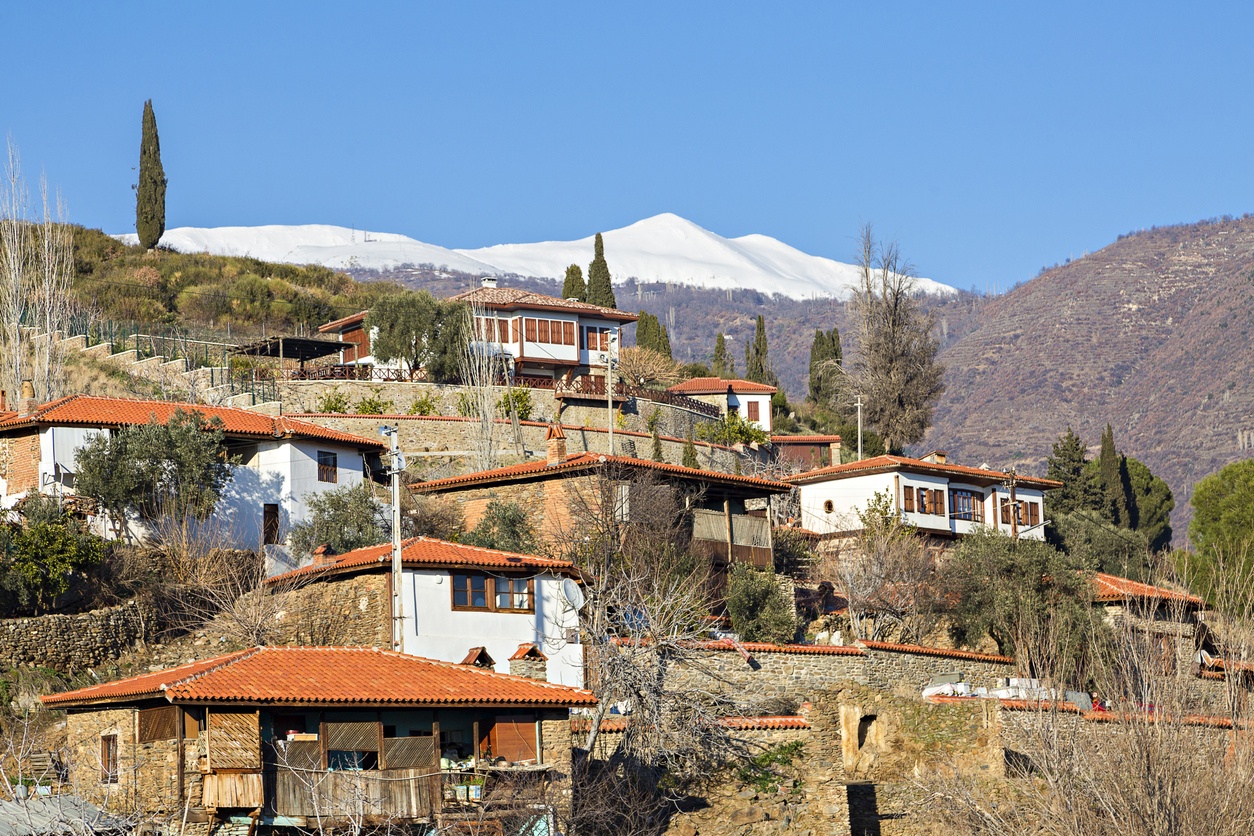
Birgi (Turkey)
Birgi is a picturesque Aegean town located in the Ödemiş district of Izmir. With a settlement history dating back more than 5,000 years, from the ancient Lydian Empire to the Ottoman civilization, Birgi has been one of the largest towns in the region and has acted as a trading center on the historic Silk Road. In 2012, Birgi was inscribed on the UNESCO World Heritage Tentative List and official negotiations are underway to inscribe the village as an official site. In addition, the important role Birgi occupies as a historical center is evident considering that it has been added to the «Efeler Trail Project» of İzmir Municipality as part of the cultural route. Birgi is a distinctive cultural and faith-based tourism spot, while its geographical location and climate allow the development of alternative types of tourism such as winter, plateau, camping and caravanning. The town is known for its silk production and weaving. Its famous bürümcük weaving is believed to have been produced since the 15th century. Oya «embroidery» is another craft that is among the village’s intangible cultural values. Having been inscribed on the UNESCO World Heritage Tentative List, the village has set out to develop rural tourism to enable economic growth and entrepreneurship, generate employment and empower the community, while protecting cultural and natural resources.
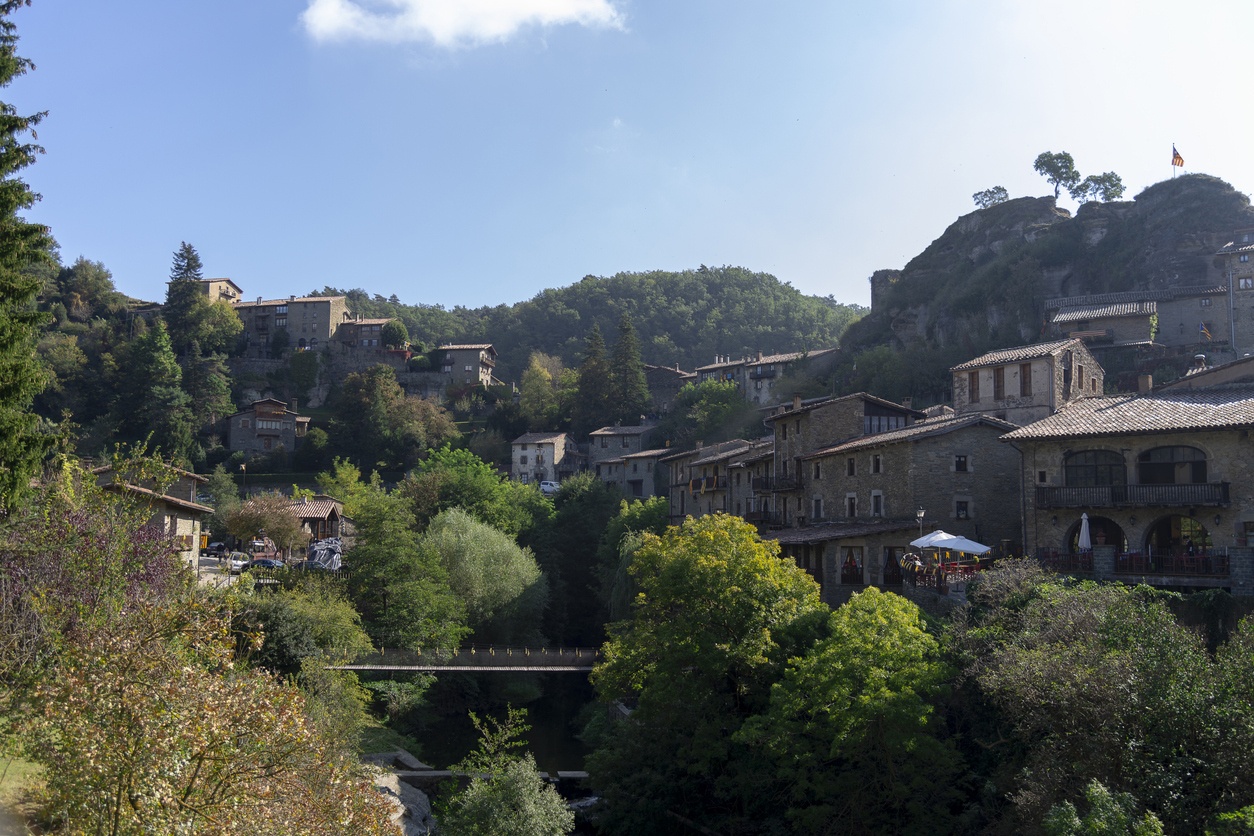
Rupit (Spain)
Rupit is a medieval village located in the northeast of the Iberian Peninsula. The village preserves baroque buildings from the 17th century and is surrounded by the Rupit stream, lush forests, caves, prehistoric tombs, waterfalls and miles of cliffs where you can breathe the silence and calm of nature. The cultural and natural heritage of Rupit has a unique singularity that must be protected. That is why it has been named «Charming Village of Europe». Many of its resources are recognized and protected at regional and national level. Rupit has also launched the «Mobile Week Rupit» for the development of sustainable and responsible tourism that promotes new technologies in the rural world. The 2022 edition has focused on valuing the role of women in the rural world and how technology can enhance it. Initiatives such as the Mirada Táctil show how technology can bring the tourism experience closer to all audiences, overcoming visual, auditory or cognitive barriers.
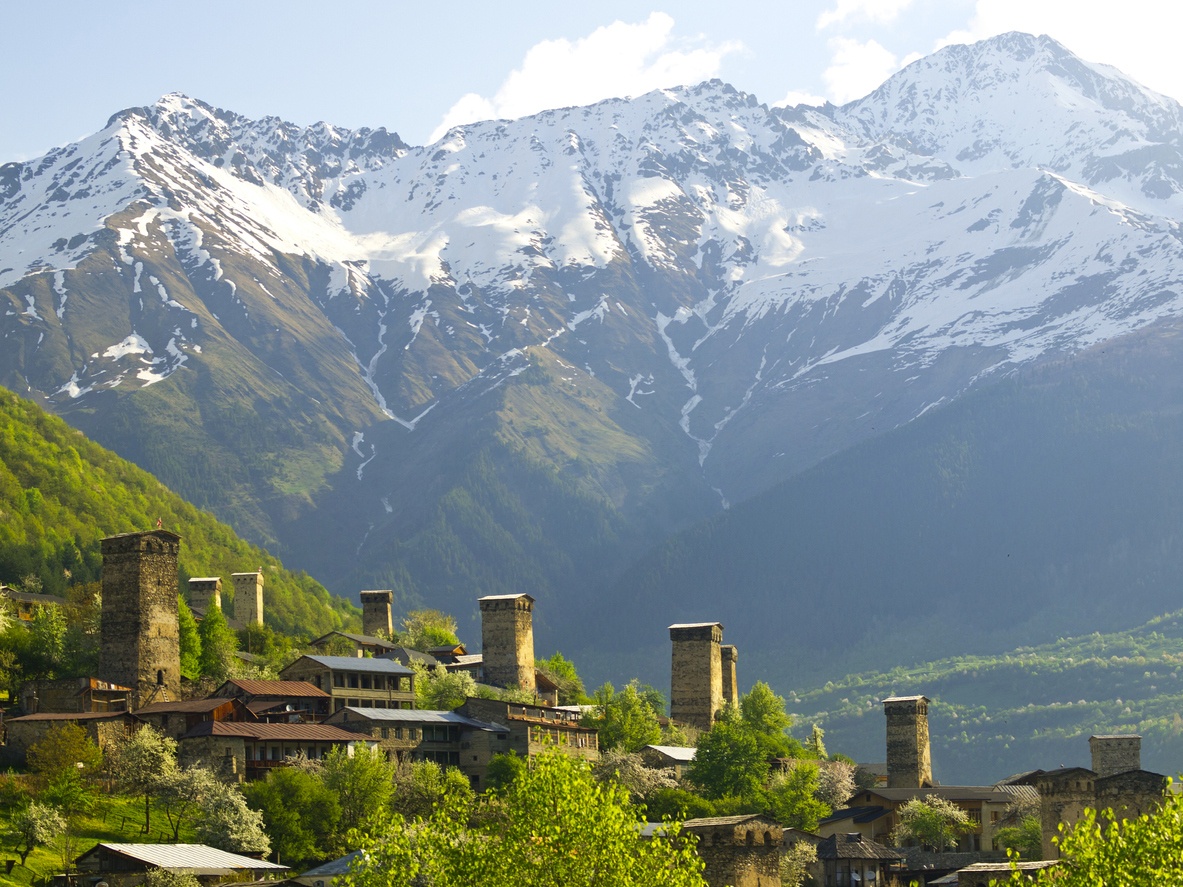
Mestia (Georgia)
Mestia is a town with fascinating nature and rich history. It has remarkable monuments of Georgian architecture and ethnography such as churches, monasteries, traditional towers and local buildings. The town has a diverse landscape, rich in forested and alpine areas, and is famous for attracting world-renowned sports championships. The government agency Enterprise Georgia supports Mestia in developing ecotourism and agritourism to raise standards. They have introduced the «Micro and Small Business Support Program» for the community to diversify regional goods and services. Mestia was named «Georgia’s Cleanest Tourist Region» after the Ministry of Environment and Agriculture launched the «Let’s Clean Up Georgia» project. This attracts new investments in clean energy, climate-smart agriculture and other initiatives to reduce emissions and raise awareness of the impact of climate change.
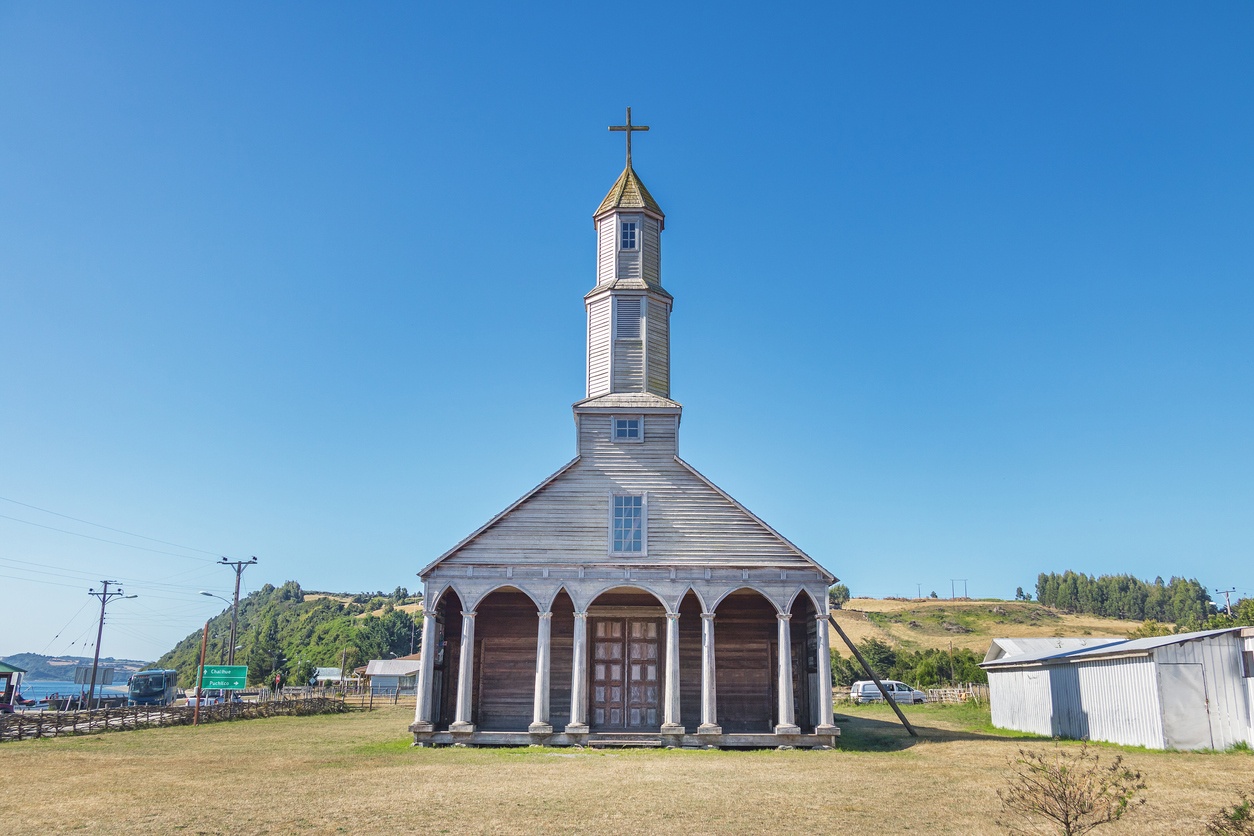
Puqueldón (Chile)
Puqueldón, also known as Lemuy Island, is located on the largest island of Chiloé. One of the outstanding attractions of this area is the route of the Churches of Chile, a UNESCO World Heritage Site. Three churches built by the Jesuits entirely of wood have been recognized for their exceptional universal and historical value. Puqueldón is also home to urban coastal wetlands and the Puqueldón Lagoon. The territory is a scenic corridor linking each end of the island and features attractive natural and cultural landscapes. The town has 16 tourist lodgings that are family-run microenterprises. These accommodations are an authentic representation of rural and local values, from the decoration of the interiors with local handicrafts, such as quilts, to the traditional breakfast service with local recipes and ingredients. Puqueldón offers tourists a series of innovative experiences. With the Ruta de la Patata Autóctona, visitors can learn about the cultivation and harvesting of potatoes by women farmers. The town is also widely associated with the tradition of the Minga, which refers to the collaboration of local inhabitants in carrying out a series of demanding tasks. This centuries-old community practice is mainly carried out when houses are moved. Several villagers and tourists use oxen to transport a house mounted on a platform of tree trunks. At Rayen Pülli, visitors can learn handicraft techniques with Chiloé wool and vegetable fiber. Another unforgettable experience is to meet a planter who shows visitors the native potato seedbed.
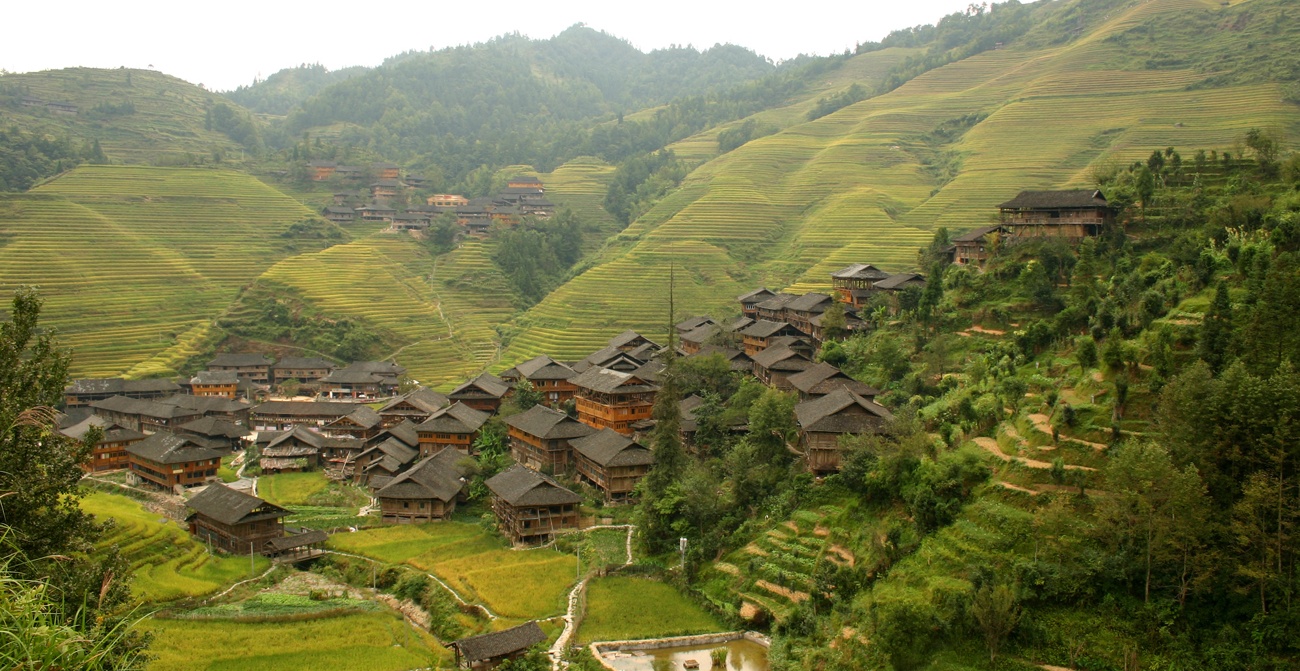
Dazhai (China)
Dazhai Town has a history dating back more than 2,300 years. Located in the high and cold mountainous area of northern Guangxi, with sublime mountains, streams and 75.6% forest cover, it has rich tourism resources, in particular the Longji Terraces, «World Important Agricultural Cultural Heritage». It integrates the development of «agriculture and tourism» to promote the protection of the terraces’ cultural heritage and agricultural production, offering cable car sightseeing tours to the terraces, traditional agriculture, wetland science education, research and other experience programs. The agricultural heritage of the Dazhai terraces is representative of the age-old agricultural culture of ethnic groups. It adopts the most traditional agricultural production methods, which attracts many tourists every year to observe and experience agricultural cultural activities such as plowing, harvesting and drying rice. The village works to improve the quality of tourism by adhering to the idea of green tourism based on culture and promoted by technology. Various Red Yao cultural activities are offered, such as lodging in wooden constructions and Red Yao embroidery dances, to name just a few. The village also promotes festivals such as the «Sun Clothes Festival».
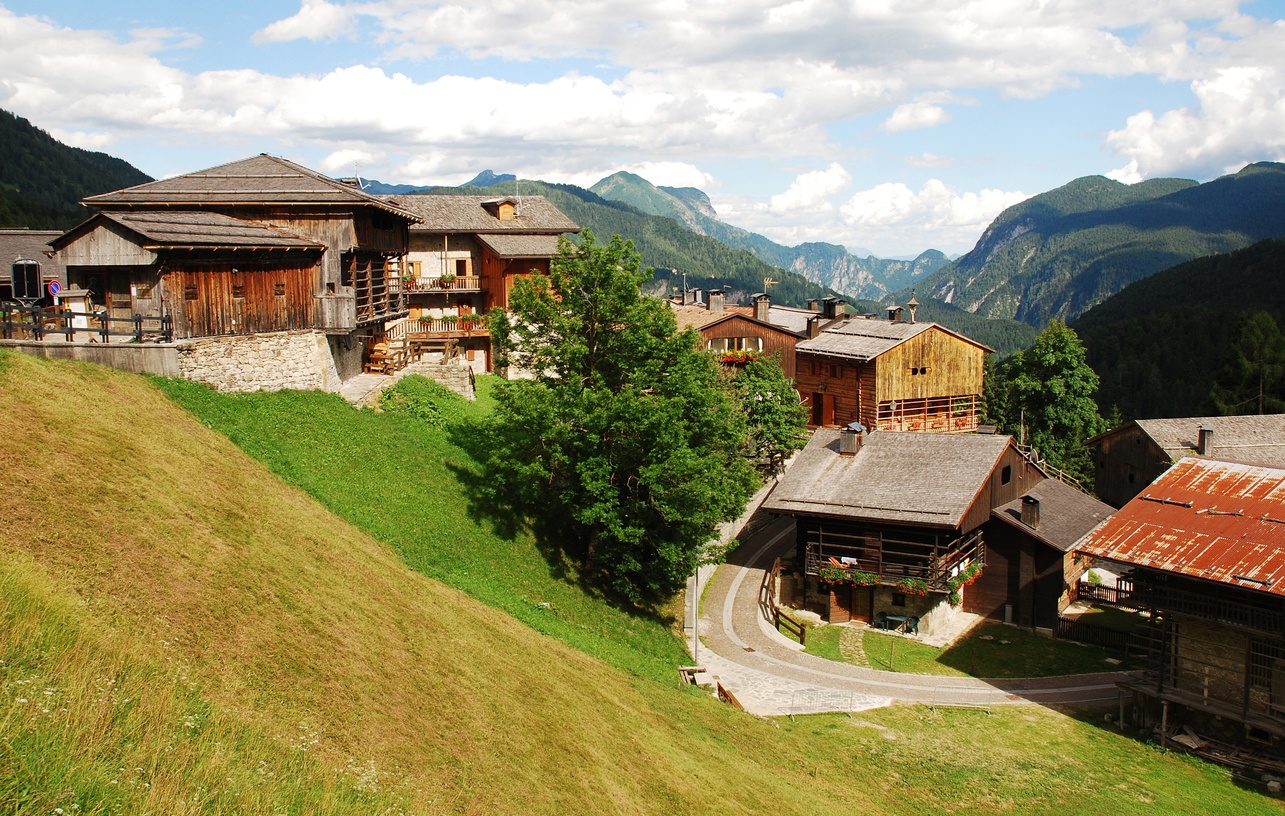
Sauris Zahre (Italia)
Sauris or Zahre, as it was called in the old German dialect, is a village immersed in the nature of the Carnic Alps. The municipality, located in a green valley dominated by the splendid peaks of the Dolomites, is the highest in the Friuli Venezia Giulia region, situated at an altitude ranging from 1,000 to 1,400 meters above sea level. The typical alpine landscape is characterized by extremely thick forests, alpine meadows dotted with Malghe «shepherds’ huts» and the green lake that changes color with the seasons. Sauris immediately seduces with its unspoiled beauty and its peaceful and relaxing atmosphere. The area has been semi-isolated for centuries, which has allowed the traditions, the language of costumes and architecture to remain unchanged over time. In Sauris, in addition to Italian and the language spoken in the Friuli area, a fascinating and ancient language is still spoken today. It is a German dialect, belonging to the southern Bavarian group of languages, which is very similar to the Carinthian and Tyrolean dialects. On the one hand, the Saurian language of Zahrar Sproche has been influenced over time by mixing with neighboring populations speaking Romance languages. On the other hand, it has retained many archaic features, derived from 12th century German, Mittelhochdeutsch, as it was spoken when the community was established. For this reason, Italian and foreign scholars have been studying the local language for over a century. Thanks to their linguistic studies it has been possible to identify the area of origin of the first settlers, as well as the period of colonization. For centuries, the language of Sauris was only spoken; its written record began in the mid-19th century and shows a remarkable richness in poetic production that endures to this day.
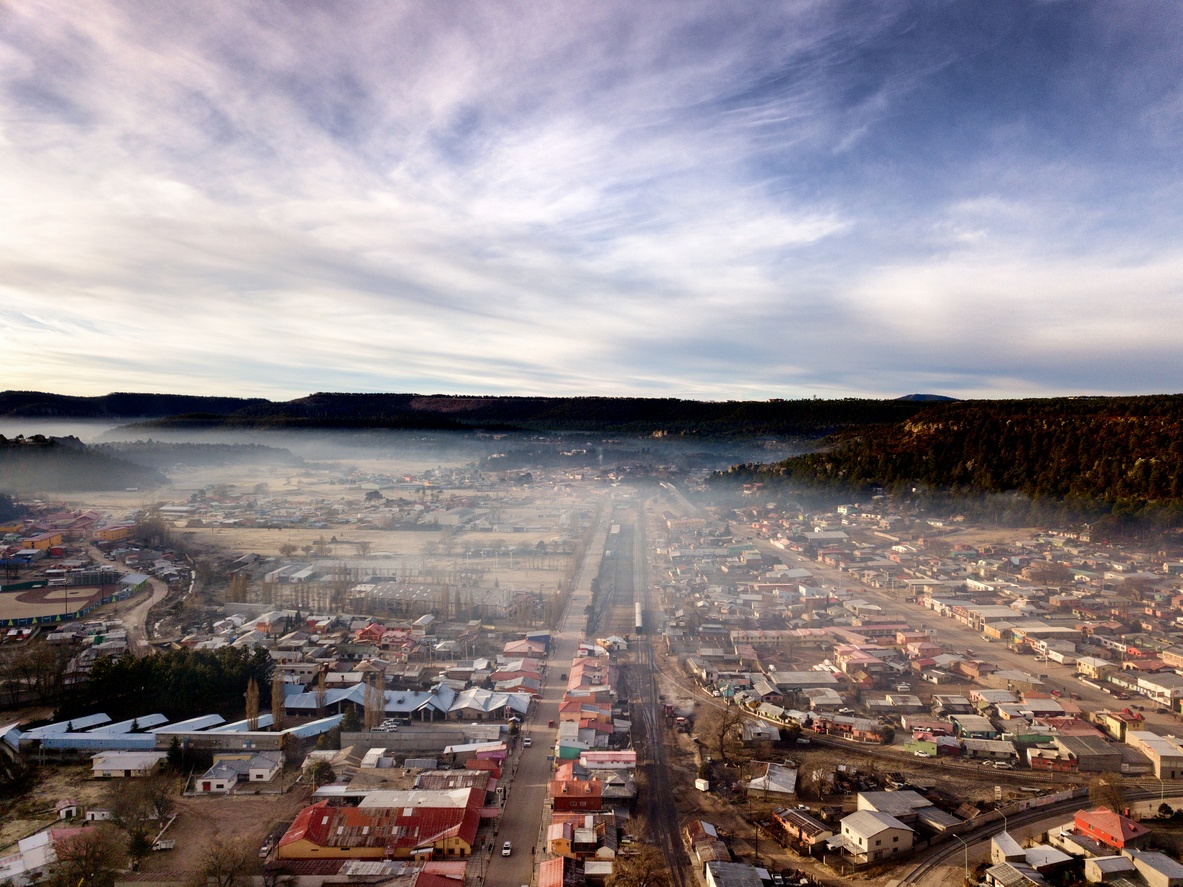
Creel (México)
Creel is a town located 247 km southwest of the city of Chihuahua, in the high part of the Sierra Madre Occidental, known as Sierra Tarahumara. The town is part of the Barrancas del Cobre Tourist Region, where the Rarámuri communities are located, comprising a group of canyons that extend over an area of 30,000 km2, with seven main canyons. The area is an important landmark on the Chihuahua-Pacific railroad route, which connects north-central Mexico with the Pacific and is classified as one of the most scenic routes in the world. In addition, you can also travel to the «pueblo mágico» of El Fuerte, Sinaloa. Since 2007 it has been declared a Magical Town, a recognition granted by the federal government to more than 132 destinations with authentic and unique characteristics. It is one of the magical routes of the Northwest, promoted as «Sea of Cortez-Barrancas del Cobre». Creel has temples and works of art from colonial times that portray the Rarámuri culture and represent a unique heritage worthy of being shared with the world. The men of the Rarámuri people coordinate hiking routes that begin at the Barrancas del Cobre Adventure Park, with trails of varying views and difficulties. Tourists can also learn traditional cooking and weaving in the company of the local Rarámuri women.
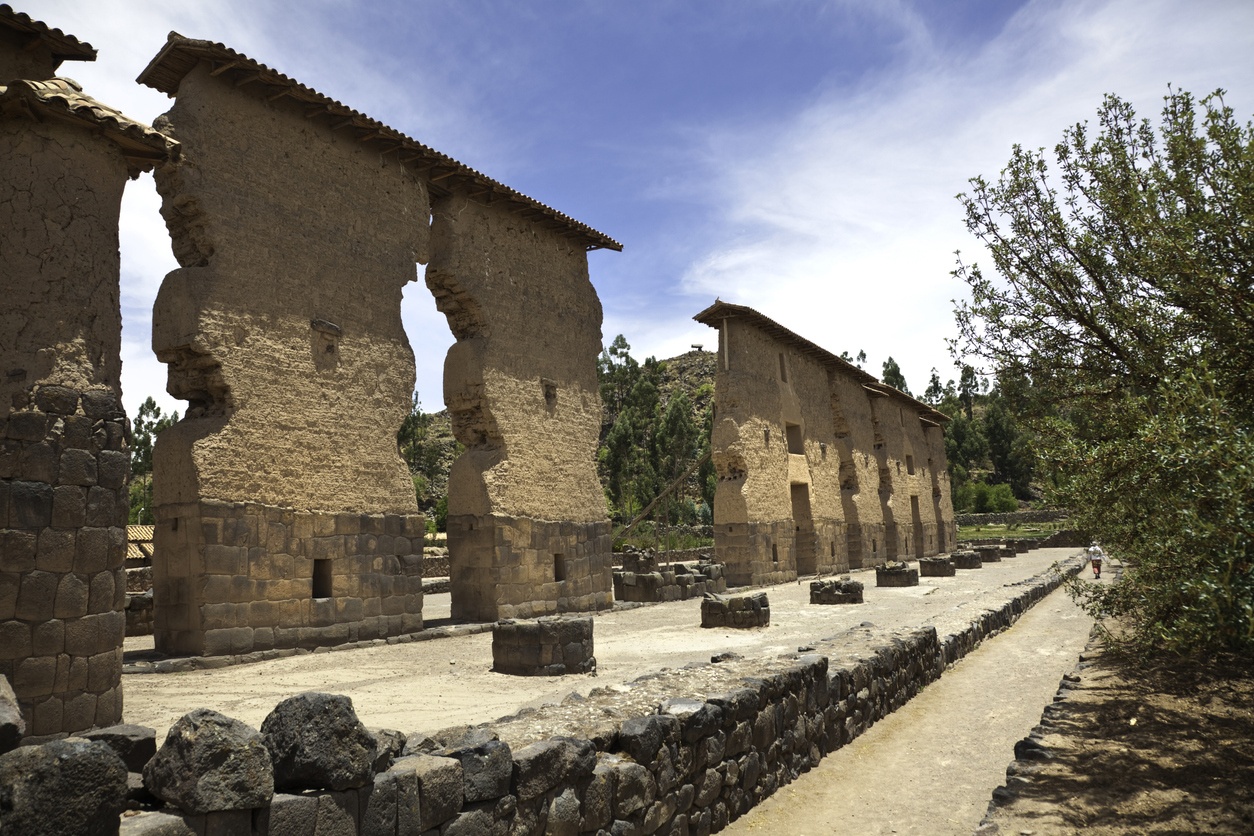
Raqchi (Peru)
Raqchi is a town located between three extinct volcanoes Kinsach’ata, pre-Hispanic settlement of the Kanchi people, whose traces lie under the ocher-colored clay of the volcanic mass. This settlement shows the skillful hand and the constructive audacity of its people, who combined the use of stone and adobe. Their knowledge has created an urban complex in which the Temple dedicated to the Andean god Wiracocha stands out, characterized by its colossal structures. Raqchi, or lordship of the Kanchis, was considered an administrative and religious center where the Sinchis, chiefs and priests settled. The Dirección Desconcentrada de Cultura (DDC) – Cusco recognized the Raqchi Archaeological Park as «Cultural Heritage of the Nation». Likewise, the knowledge and practices associated with the production of ceramics in Raqchi are declared «Cultural Heritage of the Nation». Raqchi perpetuates the ancestral ceramic manufacturing technique that incorporates clay and volcanic sand as primary elements that combine to form an even more durable masterpiece. The people of Raqchi have implemented Community Tourism initiatives that showcase their local culture, history, gastronomy, ancestral techniques, and dances. Among Raqchi’s cultural and natural attractions are the Raqchi Archaeological Park, the Folkloric Festival, the Raqchi Pottery, Quimsachata (the Kinsa Chata volcano) and Quimsacocha (the Kinsa Cocha lagoon).
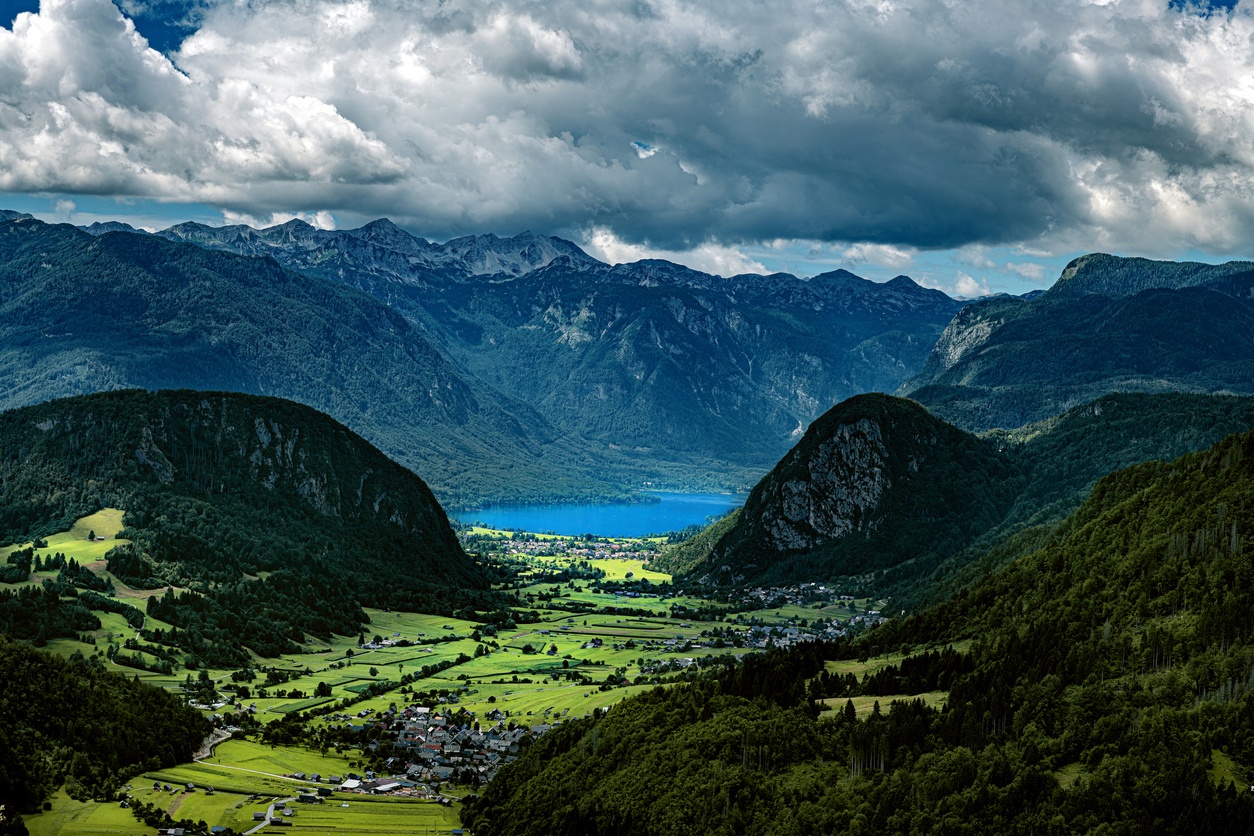
Bohinj (Eslovenia)
Bohinj is a municipality in Slovenia that lies within the Triglav National Park, the only national park in Slovenia. More than 65% of the municipality of Bohinj is covered by protected cultural heritage areas, including cultural and historical landscape, memorial and garden heritage and archaeological sites. The town is of national importance because of the cultural and symbolic significance of the landscape. The most important features of Bohinj include Lake Bohinj, Triglav, the Savica waterfall, the church of St. John the Baptist, the clustered ancient nuclei of the village surrounded by orchards, groups of goat buildings, mountains with tents and hilly meadows, and glacial-fluvial landforms in the vicinity of the lake basin and in the valley of the Sava River. The elements of the intangible heritage of Bohinj refer to the Bohinj man, the man who lived, created and developed in the middle of the Alps. It was from Bohinj that the first climbers set off to the Triglav Mountains, where the first mountaineering association was founded and where artists sought and found their creative inspiration in its landscape: poets (France Prešeren with The Baptism in Savica), writers (Valentin Vodnik), painters, composers, photographers and filmmakers. It is noteworthy that the first Slovenian film «In the Kingdom of Zlatorog» was shot in Bohinj.
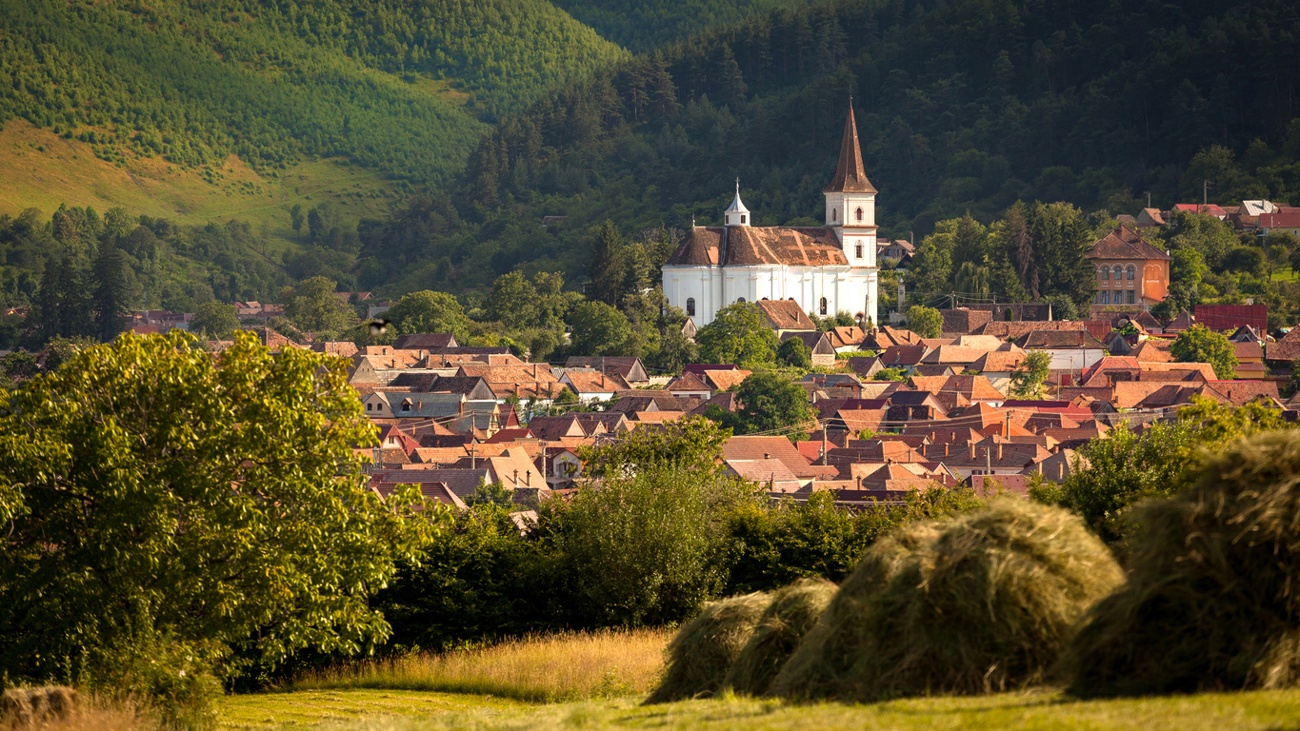
Rasinari (Romania)
Rasinari is a village that is part of Marginimea Sibiului, a specific area of Sibiu County and a unique ethnographic region of Romania. It is a mountainous area, composed of 18 villages with 40,000 inhabitants sharing the same traditions, architecture and history. The area is located southwest of the city of Sibiu, in southern Transylvania, at the foot of the Cindrel and Lotru mountains. The village has a rich history in sheep farming and produces a wide variety of local products. Local cheese is an iconic product that is celebrated through the Sibiu County Cheese Route and during the Romanian Cheesecake Day festival and the Cheese and Brandy Festival. Other cultural highlights of the town include its Traditional Folk Dance Group, the Ethnographic Museum of the Town, the Religious Museum, the Church of St. Paraschiva and the family home of the poet Octavian Goga.
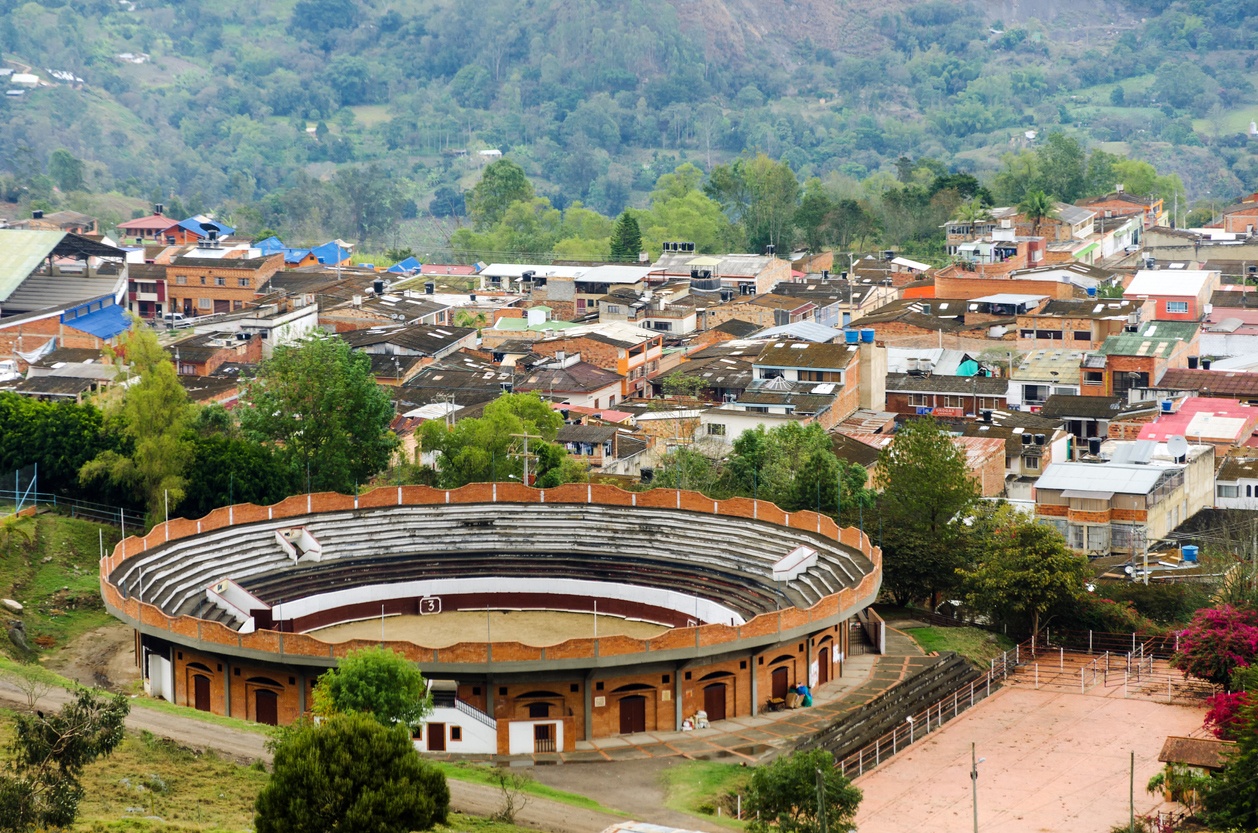
Choachí (Colombia)
Choachí is a Colombian municipality located 39 kilometers from the country’s capital. Tourism has developed in Choachí thanks to its natural, cultural and gastronomic wealth. Choachí’s economy is in a transitional process, diversifying the traditional agricultural economy by including tourism services as part of the community’s income. The communities have decided to reduce agricultural expansion and include thematic tours. These tours diversify economic income and also help protect water sources. During their stay, visitors to Choachí receive explanations of how much water they consume in a day and what opportunities there are to reduce their consumption. The municipality has managed to protect and preserve more than 400 hectares of natural areas, acquiring land for reforestation and environmental protection. In addition, farming families living in the area of influence of the Chingaza National Natural Park have signed 25 agreements with the Colombian National Natural Parks office to implement joint conservation and sustainable production actions on their farms. Choachí’s tourism development has focused on involving the rural population through community-based tourism. Farming families in the region take tours of the natural conservation areas, rock art, and visits to the urban center, where the physical infrastructure has been restored and mural paintings combine farming and ancestral culture with modernity. In the natural area of Choachí is La Chorrera, a 590-meter waterfall cataloged as the highest in Colombia. There are also mosses and frailejones, as well as wild rabbits, white-tailed deer and spectacled bears as part of the natural wealth of the area.
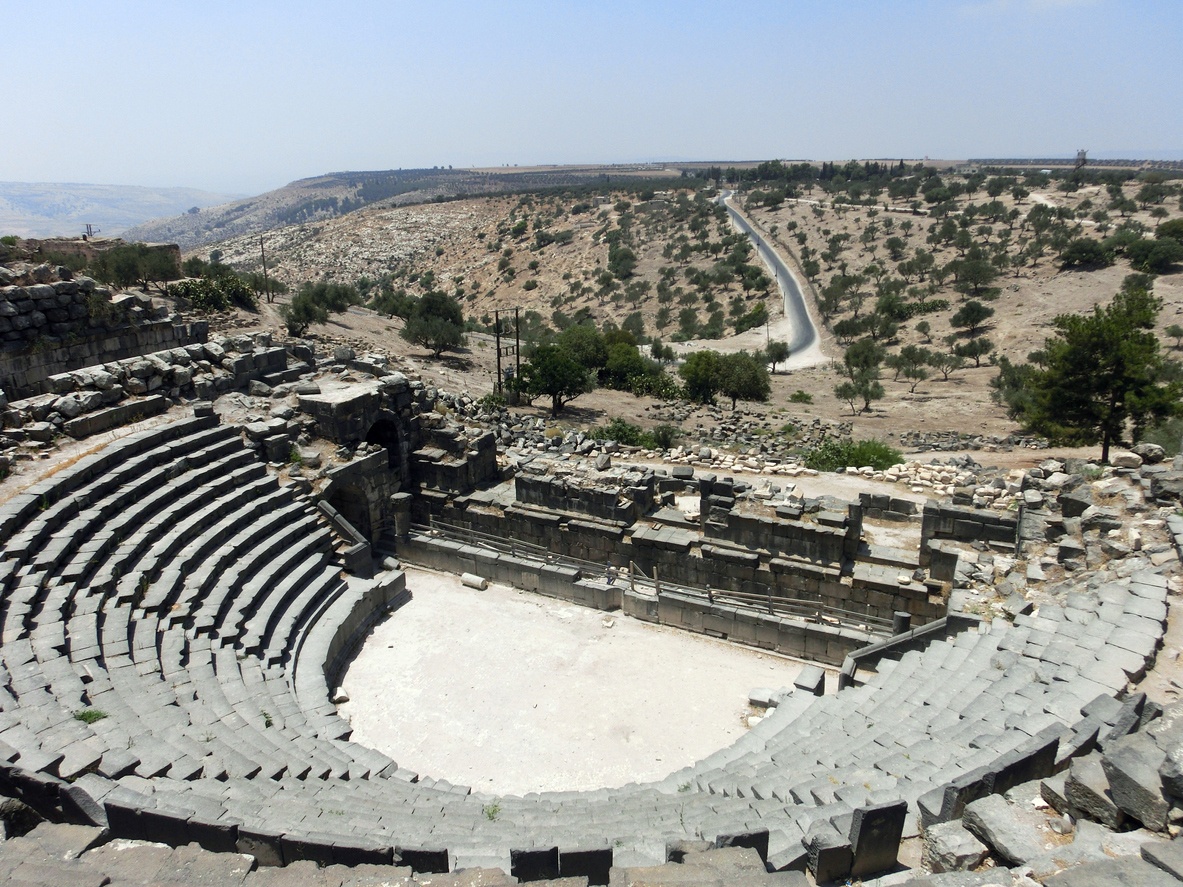
Umm Qais (Jordan)
Umm Qais is a Jordanian village with unique tourist features. Its picturesque landscape is part of the Al Yarmouk Nature Reserve, which is the last natural extension of the deciduous oak forest, the national tree of Jordan. In addition, the village has many evergreen trees and rare forms of vegetation. The town is rich in cultural heritage due to the presence of the Roman city of Gadara, which is one of the ten cities of the Decapolis and a town of Ottoman heritage. Umm Qais has been innovatively revitalized through the rehabilitation and reuse of traditional buildings for tourism purposes. To expand the adventure tourism experience, the town is developing the «Aqueduct Tunnel». This aqueduct is designed to be the longest water tunnel in the world with a length of 164 km connecting southern Syria to the archaeological site of Umm Qais.
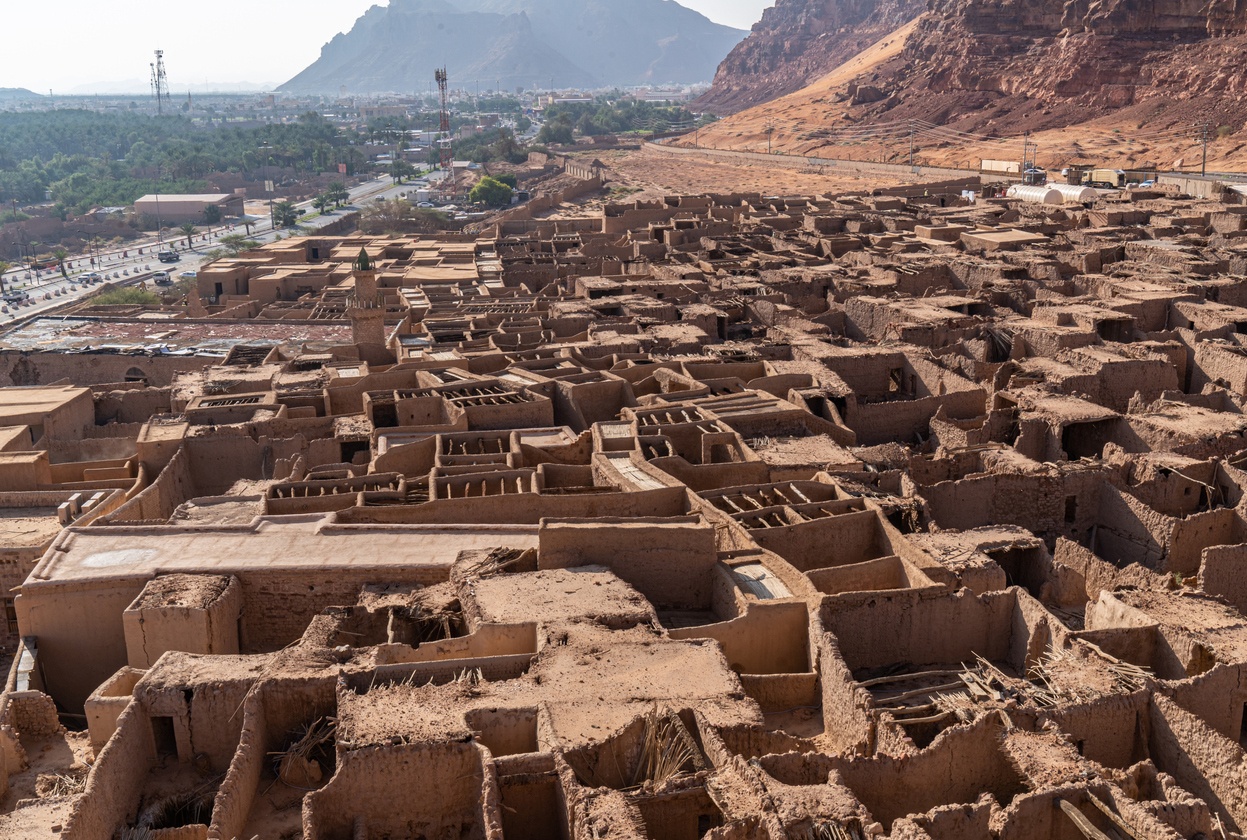
AlUla Old Town (Arabia Saudita)
AlUla is a place of extraordinary natural and cultural heritage that until recently was closed to international tourism. AlUla Old Town is a natural and cultural heritage site, with its inhabitants present for thousands of years and located in a lush valley with an oasis, set against the backdrop of towering sandstone mountains. AlUla Old Town is home to more than 900 traditional adobe buildings, 100 of which have been restored using traditional construction methods. AlUla has a thriving arts district centered on the Old Girls’ School Madrasat Adeera, which has been renovated into a school where mainly women are taught to work on pottery, jewelry and traditional handicrafts that are sold in the Old Town’s tourist stores. The village is also preserving its intangible cultural heritage, including local traditions of dance, music, poetry and storytelling. These arts are staged in temporary shows and cultural festivities held in the old town. Ecosystem conditions allow for a microclimate within the agricultural production farms, which allows for the growth of many types of crops throughout the year and improves food security for farmers. In addition, AlJadidah’s producers have passed down traditional agricultural practices and livestock raising from generation to generation.
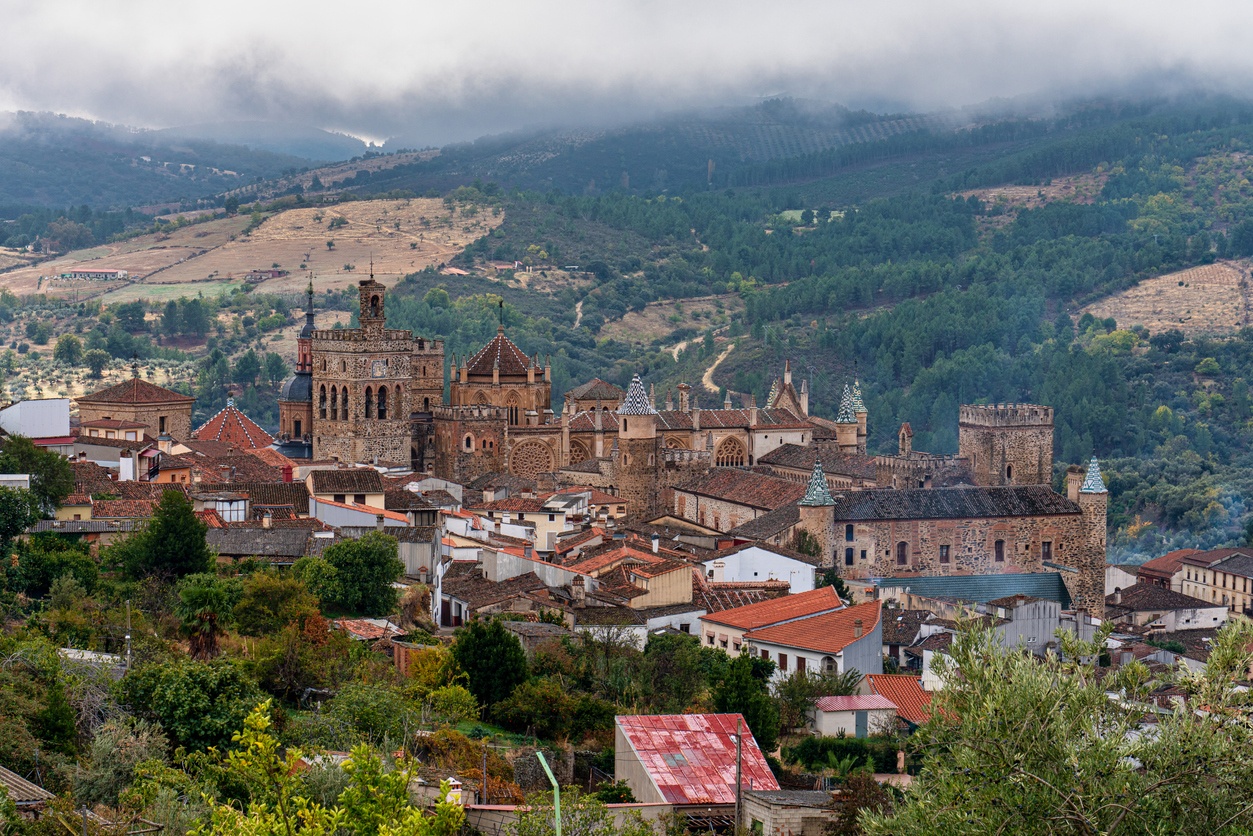
Guadalupe (Spain)
The Royal Monastery of Guadalupe offers an insight into the vast ancient heritage of the region. It has accredited historical sources that provide estimated data of more than 200 incunabula or books printed before the 16th century. Currently, three documents have been recovered among other relevant historical records, such as the case of the baptismal footprints of the first American Indians. These were brought to Guadalupe for the first time by Christopher Columbus. The town is also recognized for its other cultural spaces such as the Villuercas Ibores Jara Geopark or the Pilgrimage Roads to Guadalupe, El Pozo de las Nieves de Guadalupe, Los Molinos, Aceñas, Martinetes, Batanes del Guadalupejo, Molinos de la Herrería, Molino de Castañar, Batán de Arriba and Molino Carnicero. Guadalupe is far from the big cities and access is only through mountain roads. Tourist activities play an important role in the diversification of the economic sector, which is mainly agricultural. The protection of ethnography and its balance with nature and the promotion of the conservation of natural and cultural resources are key elements in achieving sustainable rural tourism development.
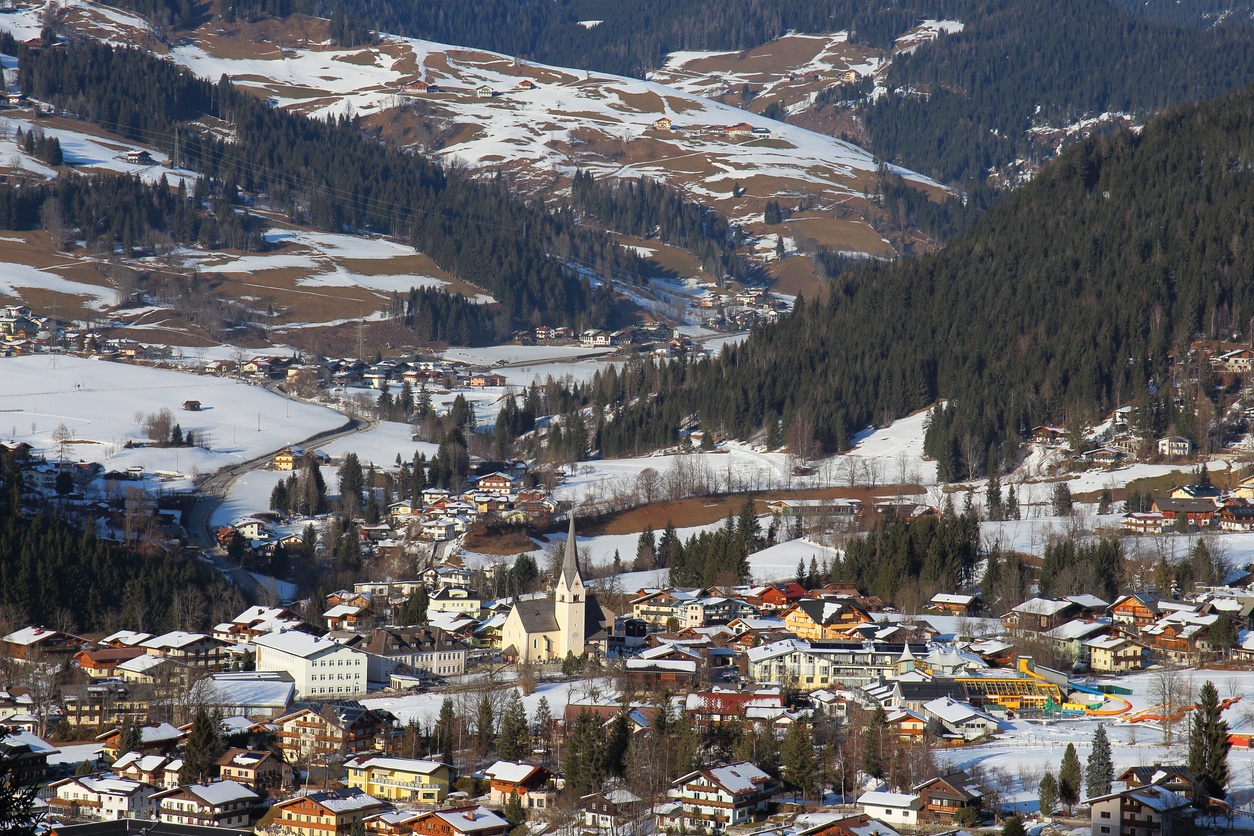
Wagrain (Austria)
Wagrain is a commercial town in the Pongau region of Salzburg, Austria. With a total population of approximately 3,000 people, the village is located about 9 km east of the county seat of St. Johann im Pongau. It is a well-known ski area, but also a destination that is increasingly trying to draw attention to its hiking opportunities. Wagrain is quite popular during the summer. The local Öbristkopf mountain, with an altitude of approximately 1,400 meters is one of the most popular peaks in Salzburg. The highest point of Wagrain is located in the southern Gabel range and is 2,037 meters high. Traditional mountain pasture management has been practiced for centuries and is very important for protecting the alpine cultural landscape. The cultural heritage is highly valued among the residents and is passed down from generation to generation. This is evident in the traditional social life. It is important for the village to communicate and make these traditions tangible to tourists. For this reason, the village has initiated a cultural association to promote and preserve cultural life in Wagrain in various ways.
